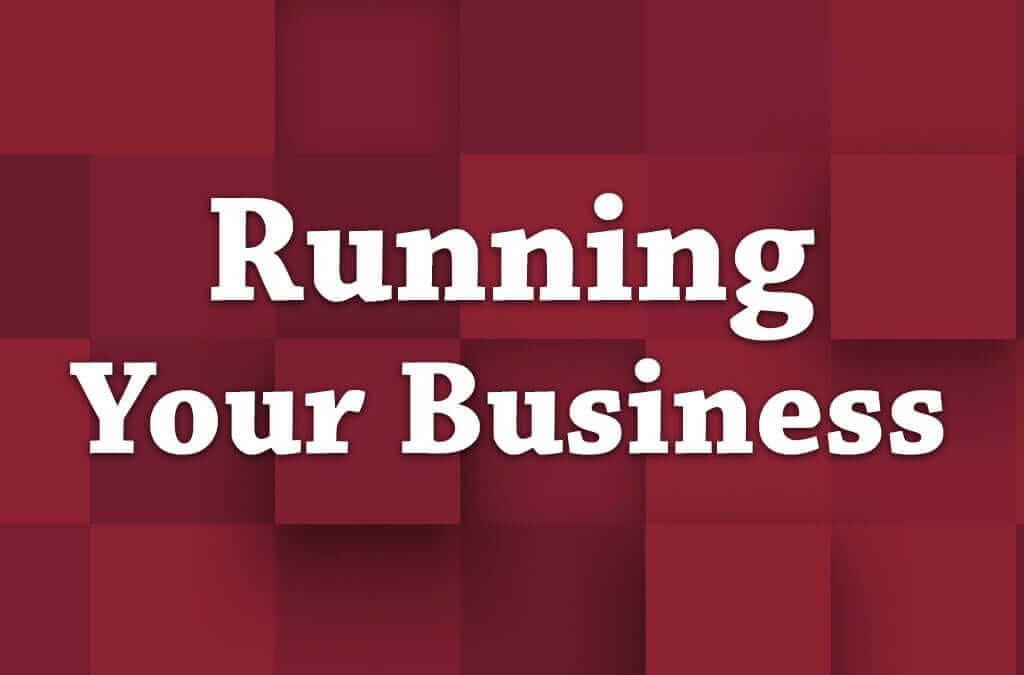A good pricing strategy is vital to a prosperous business, but difficult to nail down.
The question of pricing involves a fragile balance. If you charge too much for your service, no one will want to purchase it. Ask for too little and you'll be struggling off of thin margins. There are a number of factors that go into pricing a product, according to Entrepreneur, including your target demographic, competitor pricing and matching quality to price. Small business owners have to be careful when pricing products. Read below for advice on developing a pricing strategy that will help your business prosper.
1. Understand the going rate
You don't have to price your products the same as competitors, but you should know what other businesses are charging before setting your own amount, according to Entrepreneur. Look up your competitor's online catalogs and ask friends and family what they pay for the services or items you plan on providing. You can even go straight to a competing business and ask about pricing strategies, some owners will be more than willing to discuss their knowledge with you.
2. Who is your customer?
Researching your customer will be just as important as looking into competitors' pricing strategies. Whether this be a quick in-person, email survey or an in-depth third-party analysis, it is vital to understand who is buying your products, Inc. explained. Market research firms are the pricier option, but can break your target demographic down into miniscule segments based on buying habits, age or more. Even without the power of a research company, you can still split customers into a few basic groups, study them yourself and decide which will be best for your business to target. A financial services company shouldn't be pricing products and advertising to children – make sure you know the customer.
3. How do you compare with similar businesses?
If you're in the sneaker business, and you just released your first shoe, you probably won't be charging the same as Nike does for its top products. For example, newer stores can win over customers by charging less than established brands, Entrepreneur noted. The same is true for the opposite. If you're an experienced small business owner, who has been in the same field for years and who has a solid reputation, you can get away with charging a bit more than other companies.
4. Have a revenue target
Knowing how much you want your business to make is important for determining a pricing strategy, Inc. explained. Come up with a revenue target, then determine the costs of manufacturing, marketing and selling your inventory. What do you have left at the end? This should go a long way toward determining how you price your products. This shouldn't be the only determining factor, but it will at least be enough to let you know how much you need to charge in order to make profit.
5. Carefully watch prices
Part of setting a pricing strategy is monitoring your prices over time. Tracking prices as well as the profitability of each individual item in your inventory from month to month will help you understand how much each product you sell contributes to your total earnings. This knowledge will ultimately help determine pricing decisions in the future.
Use these five tips in order to make sure all the products you sell are priced in a way that maximizes profitability and guarantees as many sales as possible. Pricing is a delicate art, but with a little extra work you should have little trouble determining the best amount to charge.


